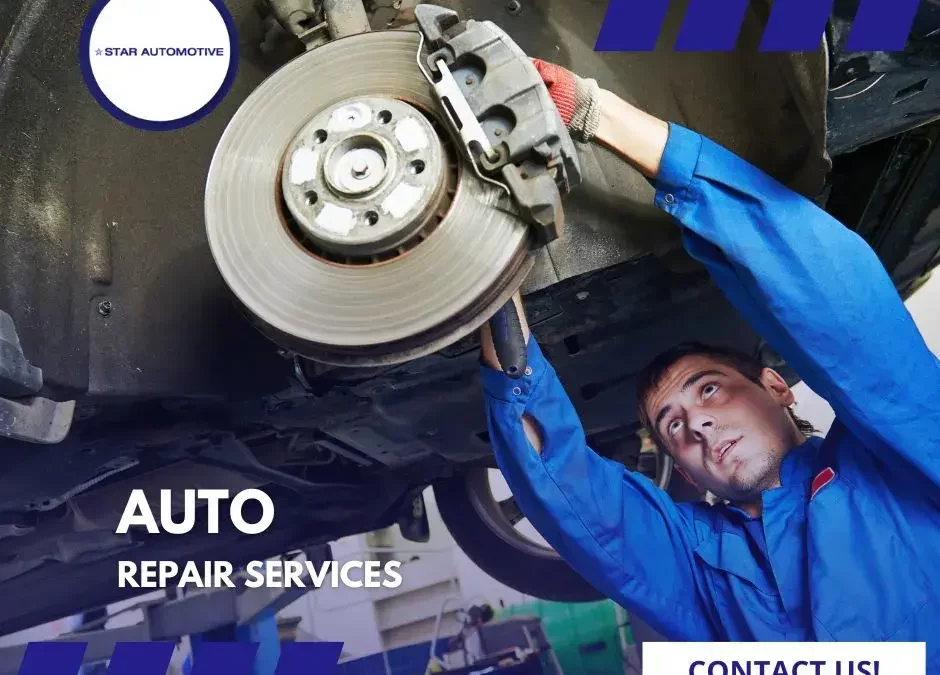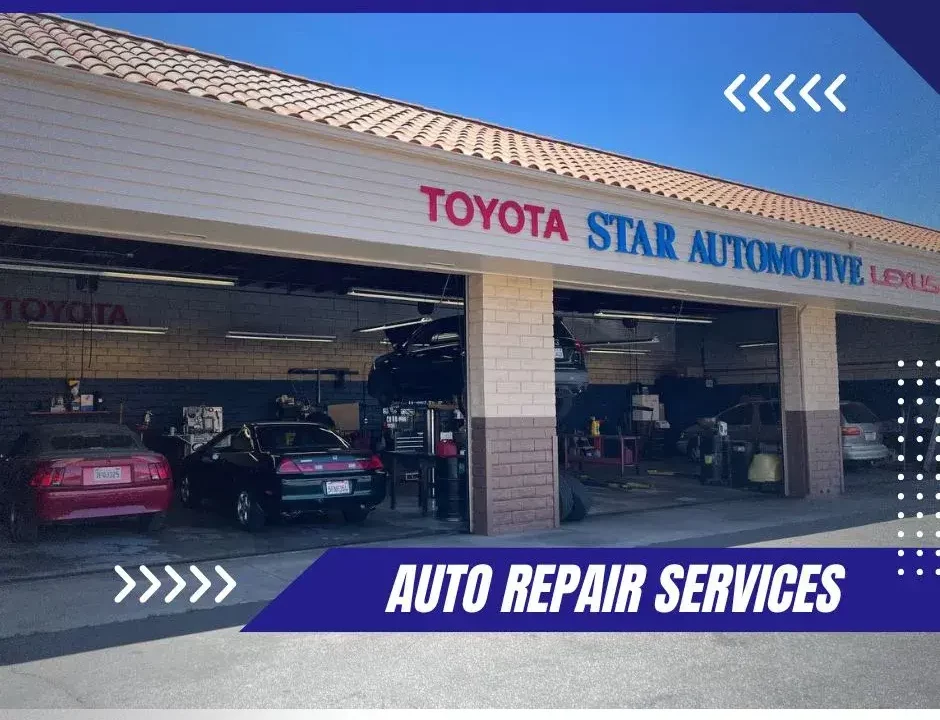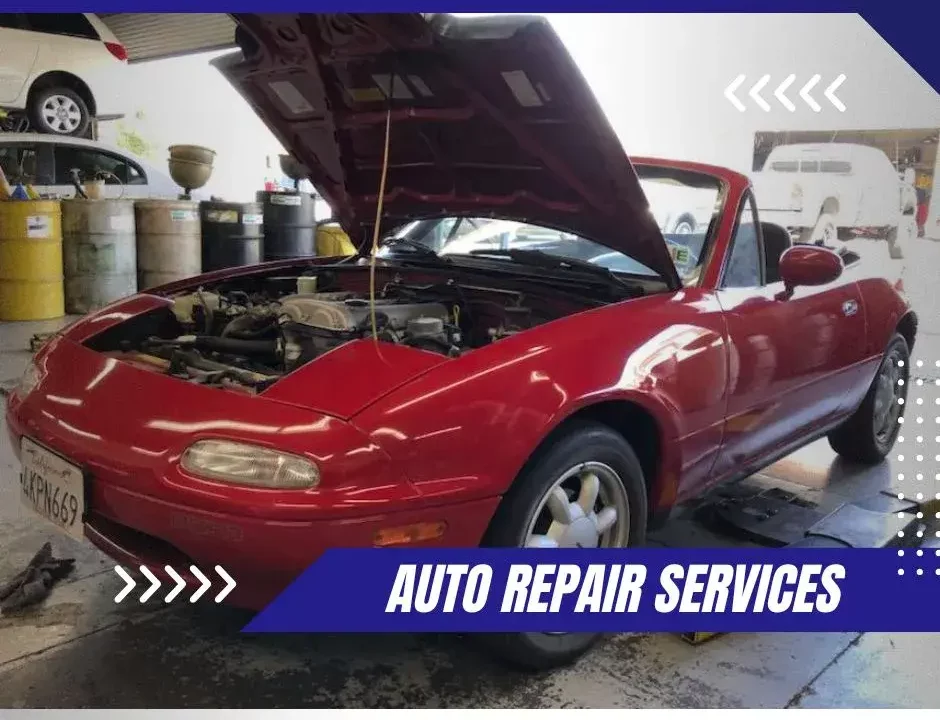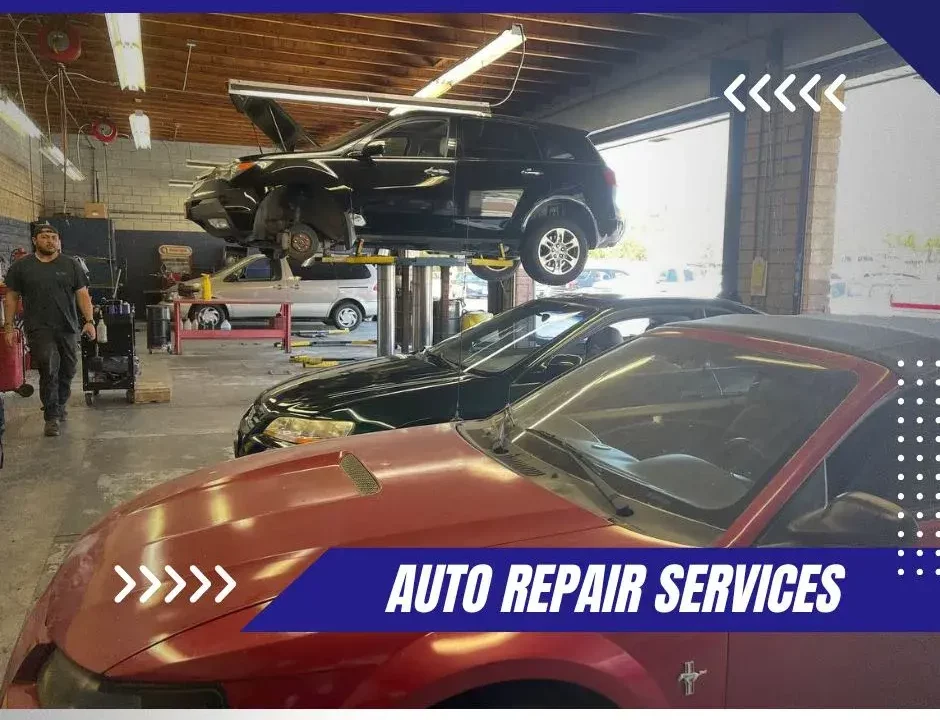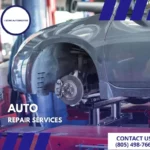
Auto Repair Tips: How to Know When Your Brakes Need Replacement
October 4, 2024
Auto Repair 101: Signs Your Car’s Brakes Are Failing
October 4, 2024In the realm of auto repair, the significance of regular brake checks cannot be overstated. These inspections are paramount for identifying early signs of wear and tear in the hydraulic and mechanical components that comprise the braking system. By meticulously verifying the thickness of brake pads, ensuring the purity of brake fluid, and promptly addressing any anomalies, one can stave off potential brake failures. This practice not only maintains optimal braking performance but also fortifies the safety of all road users. How do these meticulous checks translate into tangible safety outcomes on the road, and what are the best practices to implement them effectively?
Why Brake Checks Matter in Auto Repair
From a safety standpoint, the importance of regular brake checks cannot be overstated. Brakes are the primary means by which a vehicle decelerates and stops, thus they are critical for preventing accidents. Regular brake checks are essential to ensure the hydraulic and mechanical components, such as brake pads, rotors, calipers, and brake fluid, are functioning optimally. These components experience wear and tear over time due to friction, heat, and moisture, which can compromise braking efficiency.
Technically, brake pads should possess a minimum thickness to function effectively. When they wear beyond this point, the risk of brake failure increases exponentially. Similarly, maintaining the integrity of brake fluid is crucial, as contaminated fluid can lead to reduced hydraulic pressure, affecting braking performance. Regular inspections can identify such issues early, allowing for timely interventions.
Culturally, in communities that prioritize safety and reliability, regular brake checks contribute to a collective sense of security and responsibility. For automotive enthusiasts and professionals alike, routine brake maintenance is not just about individual safety but is also a communal duty. This shared commitment to vehicle upkeep fosters a sense of belonging and trust within the community, aligning with the values of diligence and vigilance.
Recognizing Brake Issues
Identifying signs of brake issues early is crucial for maintaining vehicle safety and performance. Brake systems are intricate assemblies where even minor anomalies can compromise overall effectiveness. Common indicators of potential brake problems include unusual noises, such as grinding or squealing, which often point to worn brake pads.
A soft or spongy brake pedal feel can indicate air in the brake lines or low brake fluid, necessitating immediate attention. Additionally, vibrations or pulsing felt through the brake pedal or steering wheel during braking often suggest warped rotors. These irregularities not only reduce braking efficiency but also jeopardize the driver’s control over the vehicle.
Pay attention to any warning lights on the dashboard; the brake system warning light is a critical alert that should never be ignored. Cultural insights emphasize that within automotive communities, a shared understanding of these warning signs fosters a collective responsibility towards road safety.
Regular communication and vigilance about brake health can enhance the sense of belonging and mutual respect among vehicle owners. By addressing and recognizing brake issues promptly, we contribute to a culture of safety, reliability, and trust on the roads we share. This conscientious approach ensures that all members of the driving community can travel with confidence and security.
In the grand symphony of automotive function, the braking system serves as the unwavering conductor, orchestrating safety and precision. Just as a maestro cannot afford a single discordant note, so too must the braking system remain flawless. Regular brake checks, a key aspect of auto repair, act as vigilant guardians, identifying potential pitfalls and ensuring harmonious performance. By safeguarding this critical component, the road becomes a stage where the dance of safe driving unfolds, preserving the rhythm of life for all who traverse it.

